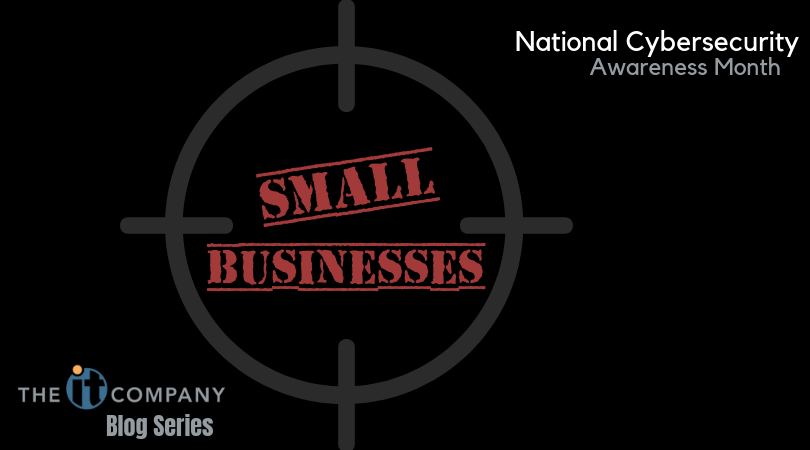Are You Building a Human Firewall?
The increasing frequency and sophistication of cyber threats have made it vital for everyone to be equipped with the knowledge and skills necessary to protect themselves and their sensitive information. This is where cybersecurity awareness training steps in, serving as the armor that shields us from the perils of the virtual world.
Training your employees is critical and here's why:
1. The Cyber Threat Landscape: Evolving and Unrelenting
The cyber threat landscape is ever-evolving, with cybercriminals continually finding new methods to exploit vulnerabilities in systems and networks. Whether it's phishing attacks, ransomware, data breaches, or social engineering tactics, the techniques employed by malicious actors are becoming increasingly sophisticated. Cybersecurity awareness training keeps individuals and employees updated on the latest threats, ensuring they remain vigilant and equipped to identify and mitigate potential risks.
2. Protection of Sensitive Information
Personal and sensitive data have become lucrative targets for cybercriminals seeking to exploit this information for financial gain or to engage in identity theft. For organizations, the protection of sensitive data is crucial to maintain customer trust and comply with data protection regulations. Cybersecurity awareness training educates individuals about the significance of safeguarding personal information, both their own and that of others, to prevent data breaches and mitigate potential damages.
3. Fortifying the Human Firewall
Technological solutions such as firewalls, antivirus software, and encryption mechanisms are undoubtedly essential components of cybersecurity. However, humans remain the weakest link in the security chain. Cybersecurity awareness training strengthens the "human firewall" by empowering individuals to make informed decisions and avoid falling prey to common cyber traps. By educating users about the red flags of suspicious emails, links, or downloads, organizations can significantly reduce the risk of successful cyberattacks.
4. Creating a Cybersecurity Culture
An organization's cybersecurity stance is as strong as its weakest employee. Implementing a cybersecurity culture within an organization fosters an environment where everyone is responsible for maintaining data security. Cybersecurity awareness training helps instill this culture by emphasizing that cybersecurity is not solely an IT department's responsibility but a shared commitment among all employees. This collective approach encourages a proactive response to potential threats and enhances the overall security posture of the organization.
5. Stay Compliant with Regulations
Governments and regulatory bodies are increasingly recognizing the gravity of cybersecurity threats and enacting stringent data protection laws. Non-compliance with these regulations can lead to severe legal repercussions and damage an organization's reputation. Cybersecurity awareness training ensures that individuals are aware of their responsibilities regarding data protection and helps organizations stay compliant with evolving regulatory frameworks.
6. Safeguarding Business Continuity
A successful cyberattack can disrupt business operations, cause financial losses, and tarnish an organization's reputation. Cybersecurity awareness training prepares individuals to recognize potential risks and respond effectively, mitigating the impact of cyber incidents. By preventing successful attacks, businesses can maintain continuity, thereby safeguarding their bottom line and reputation.
Cybersecurity awareness training has emerged as a critical aspect of personal and organizational safety. It empowers individuals to recognize and respond to cyber threats, protecting sensitive information and bolstering the overall security posture of organizations. By fostering a culture of cybersecurity awareness, you can collectively build a safer digital realm and a stronger human firewall. Embracing cybersecurity awareness training is not a choice but a necessity to navigate the complexities of the digital age securely.
-1.png?width=150&height=70&name=The%20IT%20Company_Final%20(1)-1.png)


